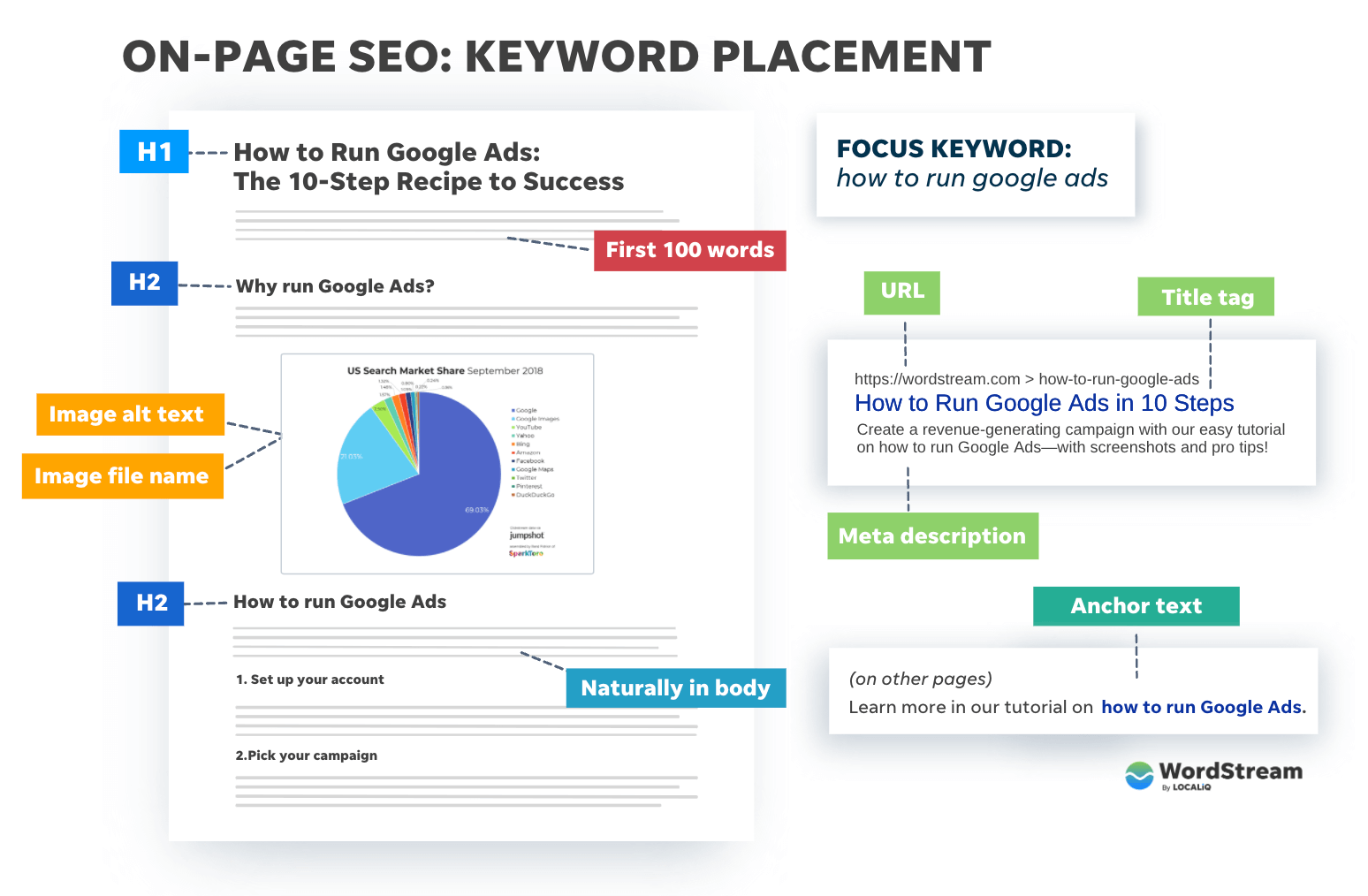Discovering the Idea of Secondary Dimensions in Google Analytics: Meaning and Critical Application
Revealing the Influence of Additional Measurement in Google Analytics on Information Analysis and Insights
In the world of information analytics, the application of secondary dimensions within Google Analytics has emerged as an essential tool for drawing out much deeper understandings and unraveling complex patterns that could otherwise remain covered. By peeling back the layers of main data collections, secondary measurements provide a nuanced point of view that enriches the understanding of user habits, internet site efficiency, and the efficiency of advertising and marketing techniques. However, real influence and untapped possibility of additional dimensions are frequently taken too lightly, overshadowed by the allure of key metrics. As we browse via the detailed landscape of data analysis, the relevance of second measurements comes to be progressively evident, clarifying vital details that hold the secret to educated decision-making and calculated optimizations.
Checking Out the Idea of Additional Measurements
Secondary measurements in Google Analytics offer additional understandings by allowing customers to examine key data in conjunction with a second feature. By integrating second measurements, users can delve deeper right into the information and reveal valuable connections that might otherwise go undetected - what is a secondary dimension in google analytics.
Comprehending the principle of secondary dimensions is essential for maximizing the possibility of Google Analytics. It enables users to segment information successfully, recognize patterns, and make informed choices based on a more total image of their analytics data. By exploring the numerous second measurements readily available in Google Analytics, individuals can unlock brand-new understandings and maximize their digital marketing efforts. Essentially, second measurements function as an effective device for improving information evaluation and driving workable results.
Enhancing Data Interpretation With Secondary Measurements
Having actually developed the foundational understanding of secondary dimensions in Google Analytics and their pivotal duty in information evaluation, the focus currently shifts towards leveraging these additional attributes to improve the interpretation of analytics information (what is a secondary dimension in google analytics). By integrating second dimensions into information evaluation, experts can get deeper insights into user actions, site efficiency, and marketing effectiveness

Moreover, secondary measurements aid in contextualizing primary data metrics by offering extra layers of information. This contextualization help in recognizing the 'why' behind the data patterns, helping analysts make notified decisions and optimizations to improve general efficiency. Ultimately, integrating additional dimensions enhances the data analysis process, leading to even more critical activities and significant understandings.
Revealing Hidden Insights Via Secondary Measurements
Exploring the midsts of analytics data with additional measurements reveals beneficial understandings that would certainly otherwise remain covered. By including additional dimensions in Google Analytics, services can unearth covert patterns, fads, and relationships that offer a more extensive understanding of individual actions and internet site performance. These added layers of data enable experts to dig deeper right into the primary dimensions, such as web traffic sources or touchdown web pages, and acquire an extra nuanced perspective on how different variables connect with each various other.
With the use of additional measurements, experts can section and contrast information throughout various dimensions, enabling them to determine particular variables that affect customer interaction, conversion rates, and overall success metrics. By pairing the main measurement of 'tool classification' with the second dimension of 'age group,' marketing experts can determine which age demographics prefer accessing the website with mobile devices versus desktops.
Leveraging Secondary Measurements for Actionable Analytics
Building upon the understandings unveiled via additional dimensions in Google Analytics, organizations can now harness this enriched information landscape to drive workable analytics and tactical decision-making. By leveraging second measurements, organizations can dig deeper into their information to draw out valuable patterns, patterns, and connections that might have previously gone unnoticed. This deeper degree of analysis makes it possible for companies to get a more detailed understanding of user habits, campaign performance, and total web site performance.
One secret advantage of making use of additional measurements for actionable analytics is the ability to sector data based upon details standards. This division permits services to customize their strategies and campaigns to various target market teams, resulting in more targeted and efficient marketing initiatives - what is a secondary dimension in google analytics. Additionally, secondary dimensions offer a more alternative view of individual communications, enabling organizations to maximize their web site content, style, and total user experience
Optimizing Decision-Making With Additional Dimensions
To improve critical decision-making in analytics, leveraging secondary measurements in Google Analytics can supply an extra nuanced point of view on individual actions and campaign performance. By including second dimensions right into data evaluation, businesses can delve much deeper into the specifics browse around this site of their site visitors' interactions and involvement patterns. This added layer of info permits a more thorough understanding of exactly how different variables, such as demographics, tools, or traffic resources, influence essential performance indicators.

Verdict
To conclude, the use of second dimensions in Google Analytics plays a critical function in enhancing information evaluation and uncovering covert understandings. By exploring this principle, one can acquire a deeper understanding of customer behavior and make informed choices based on workable analytics. Leveraging second dimensions enables a much more comprehensive analysis of data and optimizes the performance of decision-making procedures.
